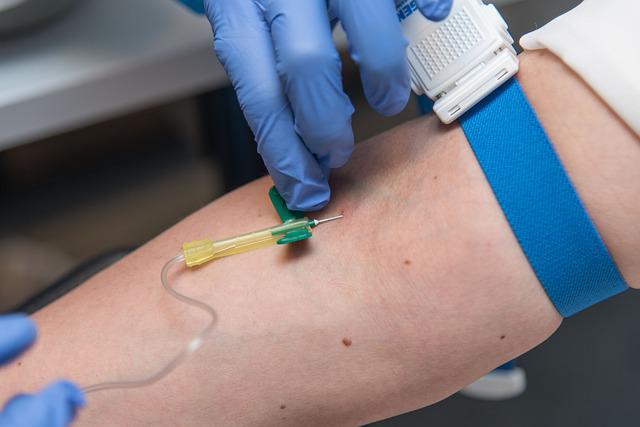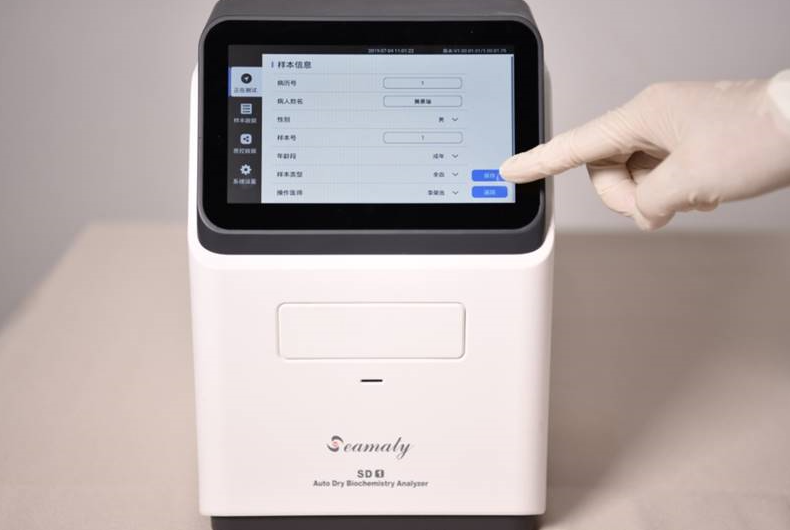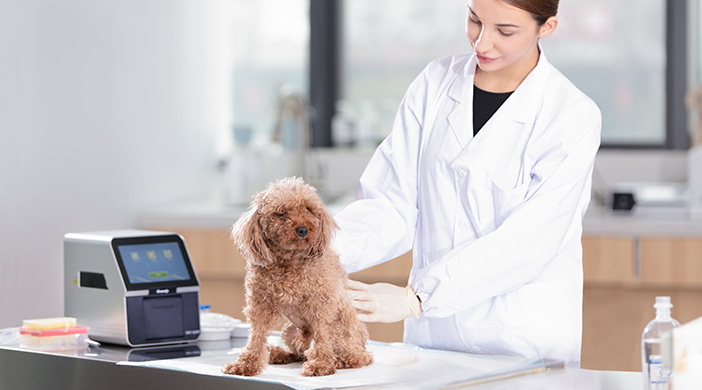release time:2021-12-24 15:10:03
When undergoing a biochemical blood test that requires blood draw, it is not uncommon to experience bruising on the arm afterward. If you've ever wondered why this happens and what you can do about it, read on. In this article, we will explore the five common causes of bruising after a blood draw and provide practical solutions to prevent and manage bruising effectively.
Bruising after a blood draw can be attributed to various factors. Understanding these causes can help you take appropriate measures to minimize bruising. Here are five common reasons behind bruising following a blood draw:
During the blood draw, the nurse typically inserts the needle at a specific angle (usually 15°) to ensure proper insertion into the vein. After piercing the skin, the needle travels a short distance beneath the skin before reaching the superficial vein. At this point, there are two needle points—one in the skin and one in the vein. If pressure is only applied to the surface needle point and not to the one inside the blood vessel, the puncture site on the vein may continue to bleed and accumulate beneath the skin, resulting in a bruise or, in severe cases, a subcutaneous hematoma.
Insufficient pressure applied to the puncture site is another leading cause of subcutaneous bruising. If the pressure is released too quickly, the needle point may not close completely, leading to ongoing bleeding and subsequent bruising.

Rubbing the needle site while applying pressure or moving the swab back and forth can disrupt the blood clotting process and cause re-bleeding from the previously clotted vessel, leading to bruising beneath the skin.
Failing to check for bleeding while applying pressure can impede the hemostasis process and increase the likelihood of bruising. Regular monitoring allows for timely detection and necessary adjustments to ensure proper clotting.
Engaging in strenuous activities, such as lifting heavy objects, immediately after applying pressure can disrupt the healing process of the blood vessels and result in continued bleeding, leading to bruising.
To minimize the chances of bruising after a blood draw, consider implementing the following preventive measures:
Adopt the three-finger method for applying pressure. Place your middle finger directly on the site of the puncture, while the index and ring fingers should be positioned above and below the middle finger, forming a line. Since the needle is inserted obliquely into the blood vessels during the blood draw, this technique ensures that both needle points are compressed, preventing bruising.
Apply gentle pressure with a straight elbow for approximately 3-5 minutes. This duration allows sufficient time for the needle point to close properly and helps promote effective hemostasis.
If bruising has already occurred after a blood draw, there are several steps you can take to alleviate discomfort and aid in the healing process:
Apply an immediate cold compress to the affected area to reduce blood flow and minimize bruising. Wrap an ice pack in a towel or soak a towel in cool water, then gently apply the compress to the bruised area for 10 minutes. Repeat this process every 20 minutes for optimal results. Cold compression should be administered within 24 hours of the blood draw.
After the initial 24 hours have passed, you can switch to a hot compress using a warm towel. Applying heat to the bruised area promotes local blood circulation and facilitates the dissipation of bruising.
Understanding the causes of bruising after a blood draw empowers you to take preventative measures and manage bruising effectively. By adopting proper pressure techniques, monitoring the puncture site, and being mindful of physical activities following blood draw, you can minimize the chances of bruising. In cases where bruising has already occurred, applying cold and hot compresses can aid in the healing process. Remember, most bruises will fade naturally within 1 to 2 weeks and typically do not pose any health concerns.

2022-07-04
In a clinical laboratory, a chemistry analyzer is an instrument that is used to measure concentrations of various biomolecules in body fluids. The results of these measurements can provide important information about a patient's health.

2022-04-13
A biochemistry analyzer is also known as a biochemistry machine. It is an instrument that uses the photoelectric colorimetric principle to measure a specific chemical composition in body fluids.

2022-01-13
When an abnormality is found on a biochemical test report, is it possible to determine that the animal's biochemical test results are abnormal and that it means that the animal is in poor health?